- Messages
- 1,102
He was a map geek as a kid too. Still is.
Follow along with the video below to see how to install our site as a web app on your home screen.
Note: This feature may not be available in some browsers.
He was a map geek as a kid too. Still is.
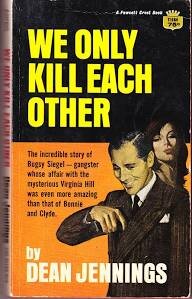

Great post. It has been said that Meyer Lansky never killed anyone. He didn’t have to, he had Siegel do it for him.Aside from Dean's birthday...
For whatever reason I read this book as a teenager. Key person in the creation of Vegas as a gambling Mecca.
Bugsy Siegel (born February 28, 1906, Brooklyn, New York, U.S.—died June 20, 1947, Beverly Hills, California) was an American gangster who played an instrumental role in the initial development of Las Vegas gambling.
Siegel began his career extorting money from Jewish pushcart peddlers on New York’s Lower East Side. He then teamed up with Meyer Lansky about 1918 and took to car theft and, later, bootlegging and gambling rackets in New York, New Jersey, and Philadelphia. He and Lansky also ran a murder-for-hire operation, the forerunner of Murder, Inc. In 1931 he was one of the four executioners of Joe Masseria.
In 1937 the syndicate leaders sent him to the West Coast to develop rackets there. In California the handsome gangster successfully developed gambling dens, gambling ships (offshore beyond the 12-mile [19-km] limit), narcotics smuggling, blackmail, and other illegal enterprises and equally successfully cultivated the company and friendship of Hollywood stars and celebrities. He developed a nationwide bookmakers’ wire service and in 1945 began realizing his dream of a gambling oasis in the desert northeast of Los Angeles. In that year he built the Flamingo Hotel and Casino in Las Vegas, Nevada, originally budgeted at $1,500,000 but costing eventually $6,000,000, much of it in syndicate funds from the east.
The cost overruns involved extensive skimming by Siegel, who had his girlfriend Virginia Hill deposit the money in European banks; he also began writing bad checks to cover construction costs. Such actions and other duplicities angered Lansky and other eastern bosses. In the late evening of June 20, 1947, Siegel was killed in his palatial Beverly Hills home, brought down by a fusillade of bullets fired through his living-room window. At almost the same moment, three of Lansky’s henchmen walked into the Flamingo Hotel in Las Vegas and declared that they were taking over.
Meant Lansky.Great post. It has been said that Meyer Landry never killed anyone. He didn’t have to, he had Siegel do it for him.

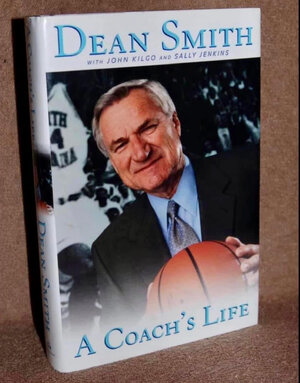
So, no one on either team could shoot well.
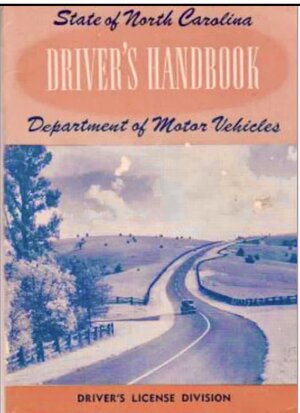
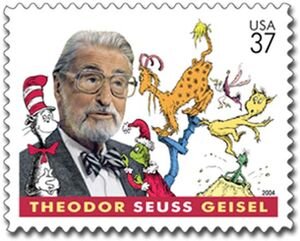
Wilt said that often people would come up to him and claim they were "in the stands" that night in Madison Square Garden when he scored 100. Wilt said he would just smile and thank them for their support without mentioning the game was played in Hersey, PA
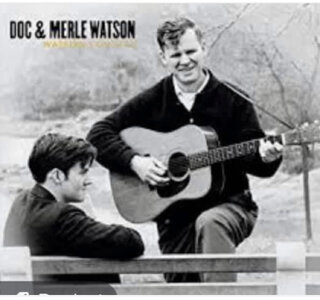
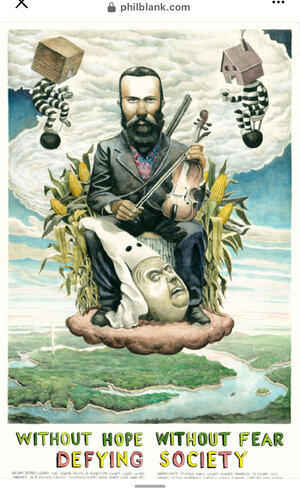
Posted in music thread some time ago. In 5th or 6th grade alll us kids went outside and sat in the grass where we watchd and listened to a blind guy sing. Froggy Went a Courtin was the big hit..
#OTD in 1923 Doc Watson was born in Deep Gap, Watauga County, NC. Blind from a childhood eye infection, he attended Gov Morehead School in Raleigh. Musically inclined early, the guitar became his primary instrument-early on he adapted fast fiddle parts with his unique style. The Folk Revival of ‘60s brought him into the light and to the world. Later his son, Merle, joined him. Doc Watson passed in 2012 but a renowned music festival, named Merlefest after his son who pre-deceased him, carries on the music. Guitar Virtuoso “Doc” Watson—A Late Bloomer
When I moved to Boone in the early ‘80s I was fortunate that one of the first people that I met was Merle Watson. It was a fluke — a friend of a friend of a friend introduced us. After that, on occasion he stopped by when I was tending at the Tijuana Fats’ in Blowing Rock, sat at my bar, and had a Dos Equis or two. Those mountains were full of music in those days and by way of that connection I heard some incredible front porch playing by the likes of Merle and friends of his like T. Michael Coleman, Gove Scrivenor, Jack Lawrence, and Joe Smothers - regulars up in the wide and high expanse of Watauga and Avery.
I went to a BBQ joint pretty often back then (the early 1980s) called ‘The Woodlands.’ Butch and Gina ran the place and the food was good and the music tended to match it. Phil Stinson on the piano singing tunes that we all knew was probably my favorite thing about the place but the Q was pretty tasty too. P.B. Scott’s music hall was nearby and among others of lesser renown I caught B.B. King and The Nitty Gritty Dirt Band there before its rude and untimely demise.
I met Doc during that time as well. I probably only had a couple of conversations with him and those only light, pre-show ones. I was kind of awe-struck really. His voice and his presence were big and intense and precise and he was generally friendly though busy and very professional. He clearly had his Way. Showtime was SHOWtime.
